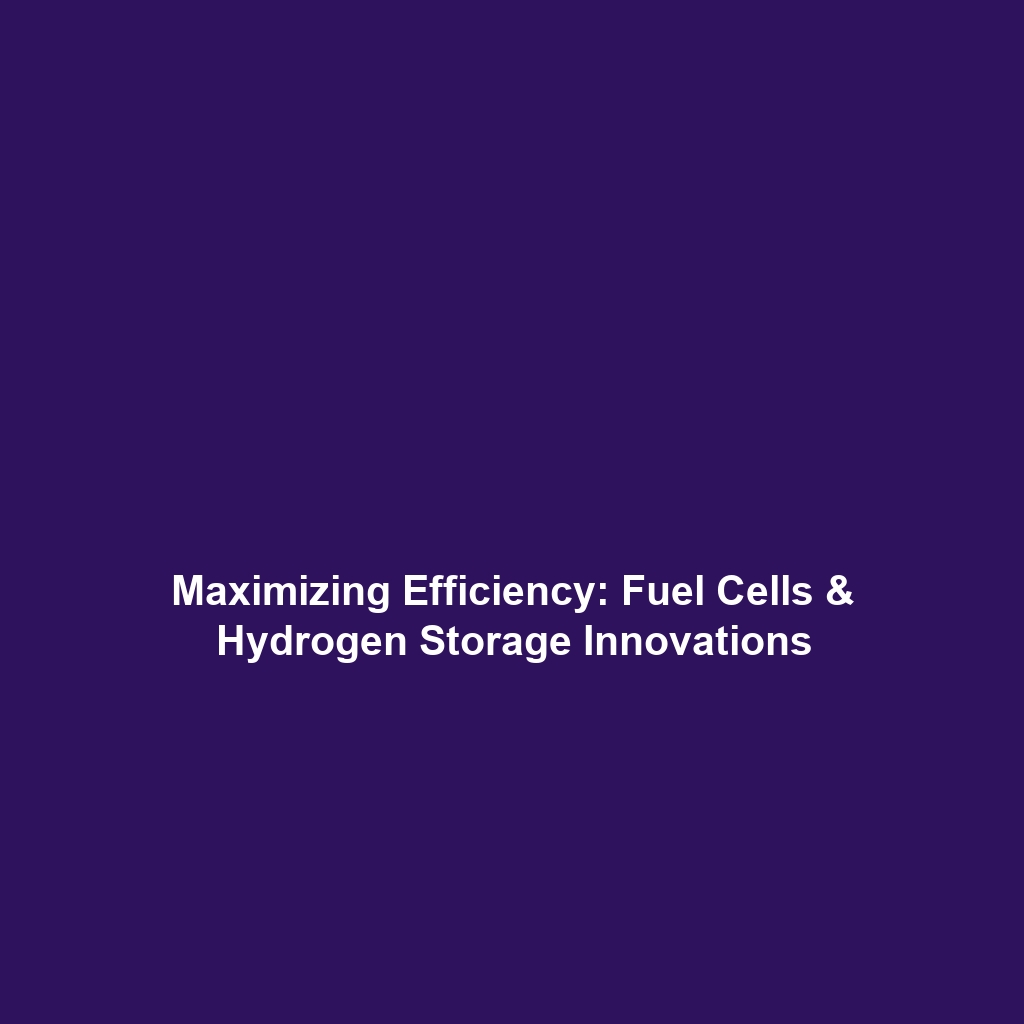Introduction to Carbon Capture & Storage (CCS)
Carbon Capture & Storage (CCS) is a pivotal technology in the fight against climate change, designed to reduce greenhouse gas emissions from industrial sources and power plants. This innovative process captures carbon dioxide (CO2) emissions before they reach the atmosphere and safely stores them underground. The significance of CCS lies not only in its ability to curb emissions but also in its potential to create sustainable energy solutions and aid in achieving net-zero targets globally.
Key Concepts
Understanding Carbon Capture & Storage (CCS) involves several key concepts:
- Capture: The process of trapping CO2 emissions from industrial processes and burning fossil fuels.
- Transport: The movement of captured CO2, typically through pipelines, to secure storage sites.
- Storage: The long-term isolation of CO2 in geological formations or other appropriate areas.
These principles form the backbone of CCS technology, making it a critical component in the broader context of reducing carbon footprints worldwide.
Applications and Real-World Uses
The applications of Carbon Capture & Storage (CCS) are crucial in various industries:
- Power Generation: CCS is deployed in coal and natural gas power plants to cut down emissions significantly.
- Cement Production: Cement manufacturing is a major contributor to CO2 emissions, and CCS can help mitigate this impact.
- Hydrogen Production: Captured CO2 can be utilized in producing low-carbon hydrogen, a key player in future energy transitions.
These examples illustrate how Carbon Capture & Storage (CCS) technology is used in real-world applications, playing an essential role in the global transition to a sustainable future.
Current Challenges
Despite its potential, several challenges limit the effectiveness and proliferation of Carbon Capture & Storage (CCS):
- High Costs: The initial investment for CCS technology can be significant.
- Infrastructure Requirements: Extensive networks for CO2 transportation need to be built.
- Public Perception: Concerns about the safety of storing CO2 underground may hinder acceptance.
- Regulatory Issues: There is a need for clear policies governing the use and storage of captured carbon.
Addressing these challenges is crucial for advancing the implementation of CCS technologies.
Future Research and Innovations
As interest in sustainable energy solutions grows, research into Carbon Capture & Storage (CCS) innovations is gaining momentum:
- Next-Generation Capture Technology: Exploring more efficient and cost-effective methods to capture CO2.
- Utilization of Captured CO2: Developing processes to convert captured CO2 into useful products, such as fuels or materials.
- Enhanced Geological Storage Techniques: Innovating ways to safely store CO2 in a variety of geological formations.
These advancements could play a vital role in increasing the effectiveness of CCS as part of global climate strategies.
Conclusion
In summary, Carbon Capture & Storage (CCS) is a crucial technology in combating climate change, with its key concepts, real-world applications, challenges, and future innovations highlighting its significance. As industries seek sustainable solutions, CCS could be a game-changer in achieving net-zero emissions. To learn more about related topics, explore our articles on climate solutions and renewable energy technologies.






